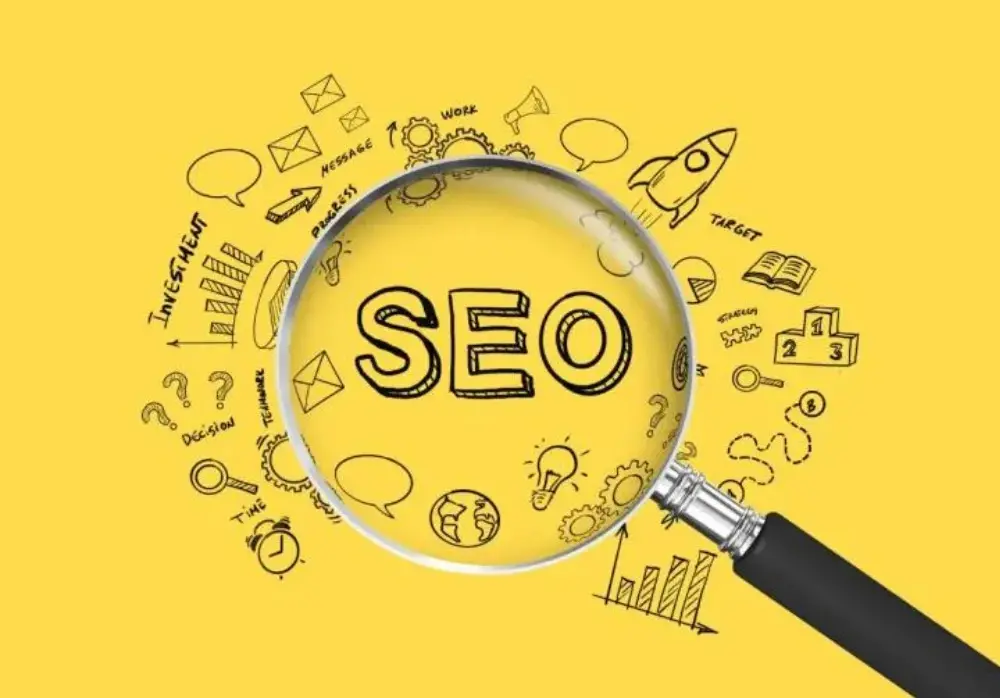Unraveling the Intricacies: PPC, SEM, and SEO
In the ever-evolving landscape of digital marketing, understanding the nuances between PPC (Pay-Per-Click), SEM (Search Engine Marketing), and SEO (Search Engine Optimization) is crucial. Often, these terms are used interchangeably, but they represent distinct strategies within the broader realm of online visibility and traffic generation. This article aims to demystify these concepts, shedding light on their differences, applications, and how they can complement each other for a comprehensive digital marketing strategy.
The Fundamentals: SEO, SEM, and PPC
– SEO (Search Engine Optimization) is a long-term strategy focused on enhancing a website’s visibility in organic search results without direct monetary investment. It involves optimizing website content, structure, and backlinks to improve search engine rankings. SEO is about building a foundation that attracts organic traffic over time, often requiring patience and consistent effort .
– SEM (Search Engine Marketing) is a broader term that encompasses both SEO and PPC. It aims to increase visibility and traffic from search engines through a mix of organic and paid strategies. SEM is not limited to improving organic rankings but also includes paid advertising efforts to boost visibility and drive traffic .
– PPC (Pay-Per-Click) is a form of online advertising where advertisers pay a fee each time one of their ads is clicked. It operates within the paid search results of search engines and can also extend to other platforms like YouTube and social media. PPC advertising is highly targeted and can deliver immediate results, making it a powerful tool for businesses looking to quickly increase visibility and drive traffic .
The Interplay: How They Work Together
– SEO and SEM: While SEO is focused on organic search results, SEM is a more encompassing strategy that includes both organic and paid efforts. SEO is a subset of SEM, focusing solely on improving a website’s natural ranking in search engine results. SEM, on the other hand, leverages both SEO and PPC to achieve broader visibility and traffic goals .
– SEM and PPC: PPC is a key component of SEM, providing a way to pay for visibility in search engine results. By bidding on keywords, businesses can ensure their ads appear prominently in search results, driving targeted traffic to their websites. PPC advertising is highly measurable and can be adjusted in real-time to optimize performance .
The Cost and Time Commitment
– SEO: This strategy is often seen as the most cost-effective and time-efficient method for generating traffic. It requires an upfront investment in content creation and optimization but can yield long-term benefits. The results of SEO efforts are gradual, with improvements in search rankings taking time to materialize .
– SEM and PPC: These strategies can offer quicker results and more control over visibility. However, they require a continuous investment in ad creation and management. The cost of PPC can vary widely based on the competitiveness of keywords and the effectiveness of the ads. SEM, as a whole, can be more expensive than SEO due to the inclusion of paid advertising .
Conclusion: A Synergistic Approach
In the digital marketing landscape, SEO, SEM, and PPC are not mutually exclusive but rather complementary strategies. A well-rounded approach that incorporates SEO for long-term foundation, SEM for immediate visibility, and PPC for targeted traffic generation can provide a comprehensive digital marketing strategy. By understanding the differences and leveraging the strengths of each, businesses can create a robust online presence that attracts and retains customers effectively.
In the end, the choice between focusing on SEO, SEM, or PPC depends on a business’s specific goals, resources, and timeline. For some, a balanced approach that integrates elements of SEO, SEM, and PPC may offer the most effective way to achieve their online visibility and traffic objectives.
Expanding the Horizons: SEM as a Strategic Tool
SEM, with its ability to leverage both organic and paid strategies, emerges as a pivotal tool in the digital marketing toolbox. It’s not just about filling gaps in organic search results but also about ensuring that your business’s products or services are visible on search engine results pages (SERPs) when the competition is too fierce for organic strategies alone .
The Role of PPC in SEM
PPC plays a crucial role within SEM, offering a way to pay for visibility in search engine results. By understanding how paid ad platforms work and effectively managing variables that affect performance, such as keywords, budget, and copy, businesses can optimize their PPC strategy to achieve paid ad success. This requires a nuanced approach, where ads are not just fuel but are complemented by a solid foundation of great offers and a well-thought-out strategy .
The Future of SEM: Ongoing Management and Optimization
SEM is not a set-it-and-forget-it activity. Ongoing management of PPC campaigns is essential to eliminate budget waste, experiment with ads, and optimize keywords to ensure the most ROI from your efforts. This ongoing optimization is key to maintaining a competitive edge in the digital marketplace and ensuring that your business remains visible and relevant to your target audience .
Conclusion: The Power of Synergy
In the digital marketing landscape, the power of synergy between SEO, SEM, and PPC cannot be overstated. By understanding and leveraging the strengths of each, businesses can create a comprehensive strategy that not only meets but exceeds their online visibility and traffic objectives. Whether it’s through the gradual improvement of search rankings with SEO, the immediate visibility and targeted traffic of PPC, or the strategic blend of organic and paid efforts in SEM, businesses can navigate the complexities of the digital marketplace with confidence and effectiveness.In the end, the choice between focusing on SEO, SEM, or PPC depends on a business’s specific goals, resources, and timeline. For some, a balanced approach that integrates elements of SEO, SEM, and PPC may offer the most effective way to achieve their online visibility and traffic objectives.

